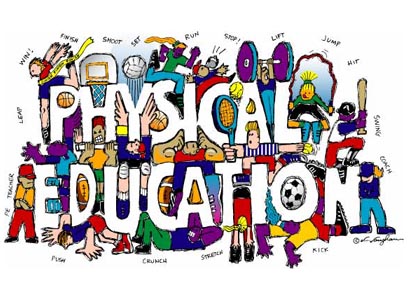Comparative Physical Education and Sport: An Introduction. Physical education generally has been regarded as one aspect of education and hence, comparative physical education and comparative education traditionally have been considered closely related. The academic development of the discipline of physical education, as conceived in the universities of North America, generally has been linked to education also.
In recent years in North America, the relationship of the discipline with education has weakened and indeed, some have even asked whether the ter “physical education” is most representative of that discipline. Departments are now named kinesiology, human movement studies, sport studies or sciences, and even kinanthropology and gymnology, among many others.
Their association is no longer assumed to be with the faculties or school of education, but instead with the arts or sciences or health sciences perhaps. Moreover, these departments often exist as a separate entity such as a school or college. The scholarly component of physical education, using the most common term, ish held to be multidisciplinary, involving aspects of the natural sciences, the social sciences, and the humanities. These changes in recent years have broadened the scholarly interests among research workers in the discipline so that the reliance is no longer completely on education.
For definitional purposes, physical education, have aims through physical activities such as games, sports, calisthenics, gymnastics, dance, and related activities to make the maximum contribution to the optimum development of the individuals potentialities. In short, then, physical education refers to those activities or systems that are part of the formal programs of educational institutions.

Historically, comparative physical education has followed and has been influenced by the developments of comparative education. No definition of comparative education is universally accepted, however, primarily because no single definition of education exists. Each individual defines education in his own particular manner, and each country has its unique definition of education, which of course is considerably influenced by the political system.
In general, it can be said that comparative education is the systematic analysis of different educational systems with regard to structure, aims, operations, methods, and achievments, in the light of historical perspectives, and takes into account the economic, political, geographic, religious, and societal forces of the particular countries under investigation.
Comparative Physical Education and Sport
Comparative physical education and sport may be said to be a subdiscipline of physical education in the same way that the history of sport may be considered a subdiscipline of physical education. In fact, these two subdisciplines have much in common.
The history of sport can be though of as comparative studies conducted along the continuum of time, whereas comparative physical education can be thought of as comparative studies conduted along the continuum of space.
Man is a complex being, and any study of one aspect of him must be conducted within the total framework of his existance. A study of man's play, his sports and games, his physical education is not complete unless all the forces that have contributed to the formation of the current situation are examined. Investigation of any part of a culture without an accompanying examination of the whole is descriptive, a necessary first step, but it cannot offer explanation, which is the ultimate aim.
That's the article about comparative physical education and sport: an introduction. Hopefully, this article can increase the knowledge for all reader. Thank you.
